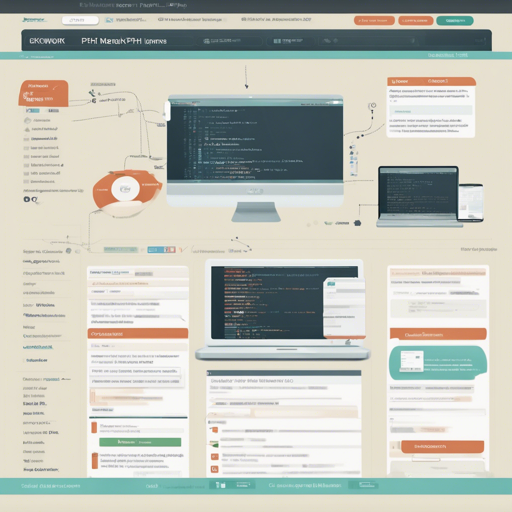In the vast sea of web development, navigating through routes can sometimes feel like sailing without a compass. However, with the EkkoFramework, a framework-agnostic PHP package, you can easily mark your navigation items as active, allowing users to understand the current page they are on. Here’s a user-friendly guide to help you set it up seamlessly.
Features of EkkoFramework
- Framework agnostic and modifiable for custom applications.
- Supported frameworks include Laravel.
- Global helper functions are disabled by default.
- Supports default output value and backward compatibility.
- Fully tested using table-driven testing in PHPUnit.
Installation Guide
To dive into using Ekko, follow these simple steps:
composer require laravelista/ekkoBy default, Ekko is initialized with these sensible defaults:
- The default output value is “active”.
- It uses
GenericUrlProvider ($_SERVER[REQUEST_URI]). - Global helper functions are disabled.
Integrating Ekko with Laravel
For Laravel users, the only dependency for this package is PHP ^8.0. Here’s how you can integrate:
providers = [
...,
Laravelista\Ekko\Frameworks\LaravelServiceProvider::class
];
aliases = [
...,
'Ekko' => Laravelista\Ekko\Frameworks\LaravelFacade::class
];Once done, your Laravel application will automatically register the service provider using auto-discovery.
Marking Menu Items as Active
To highlight a menu item in Bootstrap, you typically add an “active” CSS class to the li tag like so:
<ul class="nav navbar-nav">
<li class="active"><a href="Home">Home</a></li>
<li><a href="about">About</a></li>
</ul>However, doing this manually can become cumbersome, akin to trying to create a beautiful sculpture from a block of stone without a chisel. Instead, using Ekko simplifies this process dramatically. Imagine using Ekko’s smoothing tool:
<li class="<?= Ekko::isActive() ?>"><a href="Home">Home</a></li>Here, Ekko acts like your sculptor’s chisel, easily crafting an active state for you based on the current route.
Customizing the Default Output Value
If you’re not using Bootstrap, you can instruct Ekko to return different outputs. For example:
<li class="<?= Ekko::isActive('', 'highlight') ?>"><a href="Home">Home</a></li>To set a default output value, simply modify the configuration. In Laravel, set:
return [
'default_output' => 'highlight',
];Usage Without a Framework
If you’re not using a framework, you can still utilize the main method, isActive, to manage the active state of navigation items.
<li class="<?= $ekko->isActive() ?>"><a href="Home">Home</a></li>This method supports strings, arrays, wildcards, and query parameters—affording you maximum flexibility.
Troubleshooting
If you encounter any issues, consider the following troubleshooting steps:
- Ensure that your package is correctly installed via Composer.
- Confirm that the service provider is registered if you’re using Laravel without auto-discovery.
- Check for proper syntax when calling Ekko methods.
- Review your routing to ensure it is properly configured.
For more insights, updates, or to collaborate on AI development projects, stay connected with fxis.ai.
Conclusion
EkkoFramework is a powerful tool that streamlines the process of managing active states in navigation menus, allowing for efficient and clean code. Whether you’re a seasoned developer or just getting started, this package can help you create a more intuitive user experience.
At fxis.ai, we believe that such advancements are crucial for the future of AI, as they enable more comprehensive and effective solutions. Our team is continually exploring new methodologies to push the envelope in artificial intelligence, ensuring that our clients benefit from the latest technological innovations.

